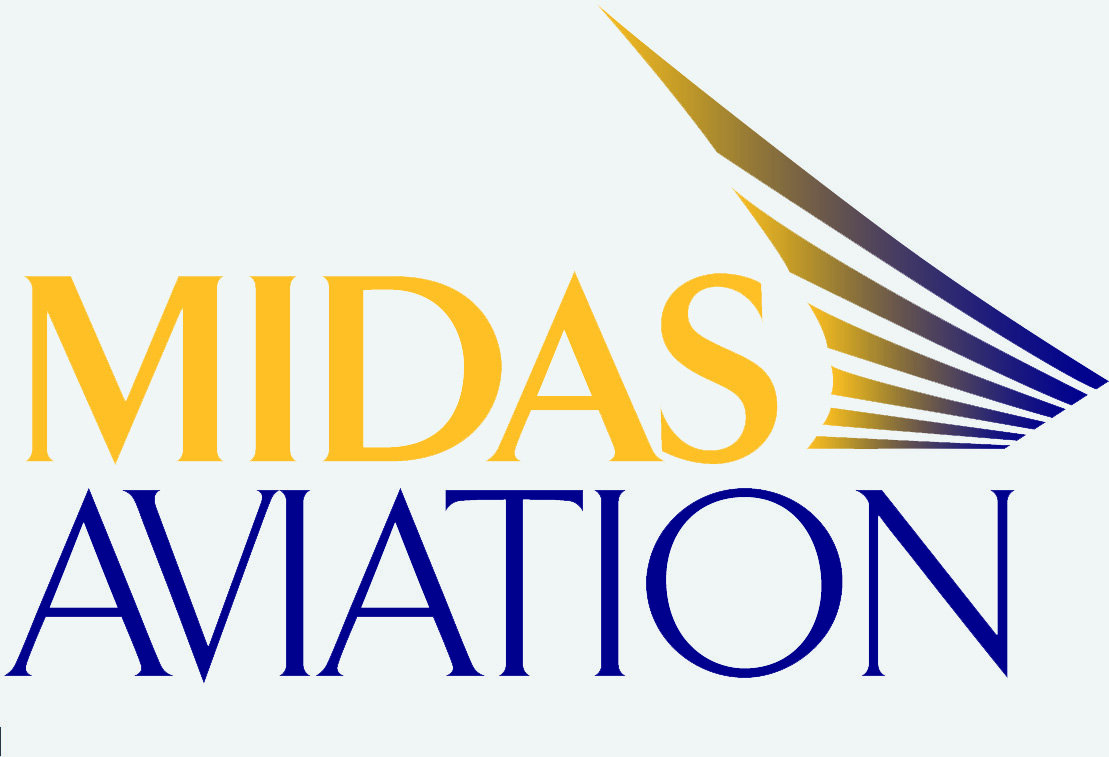Can India drive tourism recovery in Southeast Asia?
After a closed off Q1 2022 and a tentative reopening in Q2 2022, Southeast Asia is in full-flow reopening mode moving into the second half of the year.
Thailand is targeting close to 10 million foreign visitors, Vietnam 5 million, Malaysia 4.5 million, and Indonesia 3.6 million. Some of these targets look achievable - Malaysia, for example, started the year with a target of 2 million, but exceeded that by June already. Vietnam’s target, on the other hand, is looking decidedly out-of-reach, given that it has only received 602,000 foreigners in H1 2022.
The gap between these still-optimistic targets for 2022 and previous tourism arrivals in 2019 is glaring. Thailand saw close to 40 million in 2019, Vietnam 18 million, Malaysia 26 million.
Of course, one of the (many) key differences between tourism in 2019 vs 2022 is the lack of Chinese outbound tourists into Southeast Asia. In 2019, China accounted for 22% of total arrivals into Indonesia, Malaysia, the Philippines, Singapore, Thailand and Vietnam. Without China, it’s hard to see how tourism stakeholders across all verticals, from airlines to hotels, can see a full recovery.
Tourism ministries are all too aware of this reliance, and with the acceptance that the Chinese market will likely only return in earnest from 2023, have started to turn their attention to another market which they see could have the potential to generate serious volumes of travellers to offset some of the gap: India.
That’s not to say that Southeast Asian countries weren’t targeting India pre-pandemic - they certainly were taking steps towards nurturing the market. Malaysia, for instance, was set to introduce visa-free schemes for Indian (and Chinese) travellers as part of its Visit Malaysia 2020 year.
India and Southeast Asia also had growing air connectivity - in 2019, Southeast Asian countries accounted for 21% of all India international capacity. In 2022, airline seat capacity to India from Southeast Asia is starting to recover, with notable upticks after India resumed international flights from 27 March:
Source: OAG
International arrivals from India are also starting to accelerate into Southeast Asia: Indian travellers from January-May 2022 were the second largest source market for Singapore (154,784 pax), the fifth biggest source market into Indonesia (27,239 pax) and the top source market for Thailand (122,463 pax).
Competition is hotting up amongst Southeast Asian countries for the Indian market. Tourism boards have organised roadshows in India’s primary and secondary cities, and at the South Asia’s Travel & Tourism Exchange 2022 (SATTE) show in New Delhi in May, Malaysia, Indonesia, Singapore and Thailand all exhibited.
Airlines such as Vietjet Air in Vietnam have even opened new routes, linking key Vietnamese and Indian destinations, in an effort to take advantage of the perceived growing demand from Indian outbound travellers. In Thailand, Nok Air also see it wise to open new routes.
“The Indian market is booming and it would benefit us greatly if we are one of the few airlines that the Indian people choose to travel to Thailand with,” Wutthiphum Jurangkool, CEO, Nok Air has previously said.
Google Destination Insights data also demonstrates the growth in search interest to Southeast Asia from Indian travellers. In Q1 2022, the only Southeast Asian destination to feature in Indian travellers’ top 10 searched destinations was Singapore, in eighth place.
In Q2 2022, three destinations in the top 10 were from the region: Singapore (#5), Thailand (#6) and Indonesia (#9). Meanwhile, Vietnam also saw a jump in search interest, from 49th place to 27th.
Tourism boards have declared specific targets for the number of Indian tourists they’d like to attract in 2022. Thailand hopes for 500,000, Malaysia 100,000.
Whilst demand is certainly growing from India to Southeast Asia, tourism boards need to be realistic about the results they can expect to see within 2022. Developing new source markets takes time, and many of the countries in Southeast Asia are imposing visa restrictions on Indian travellers, a further deterrent to travel to a region which is still, unfairly now, seen as a destination difficult to travel to.
India is outstripping China currently in terms of visitor arrivals in 2022 - but the absolute arrival numbers are still a drop in the bucket compared to pre-pandemic, and certainly vs. Chinese arrivals into the region.
Source: National tourism statistics
The Indian market is a medium-term bet for the region, which has good odds of paying off - but an immediate heavy flow of Indian travellers is unlikely to suddenly materialise.
It will be fascinating to see whether tourism ministries choose to maintain a focus on the Indian market when the China outbound market does reopen - or whether it will be relegated to second-best.
- Hannah Pearson




